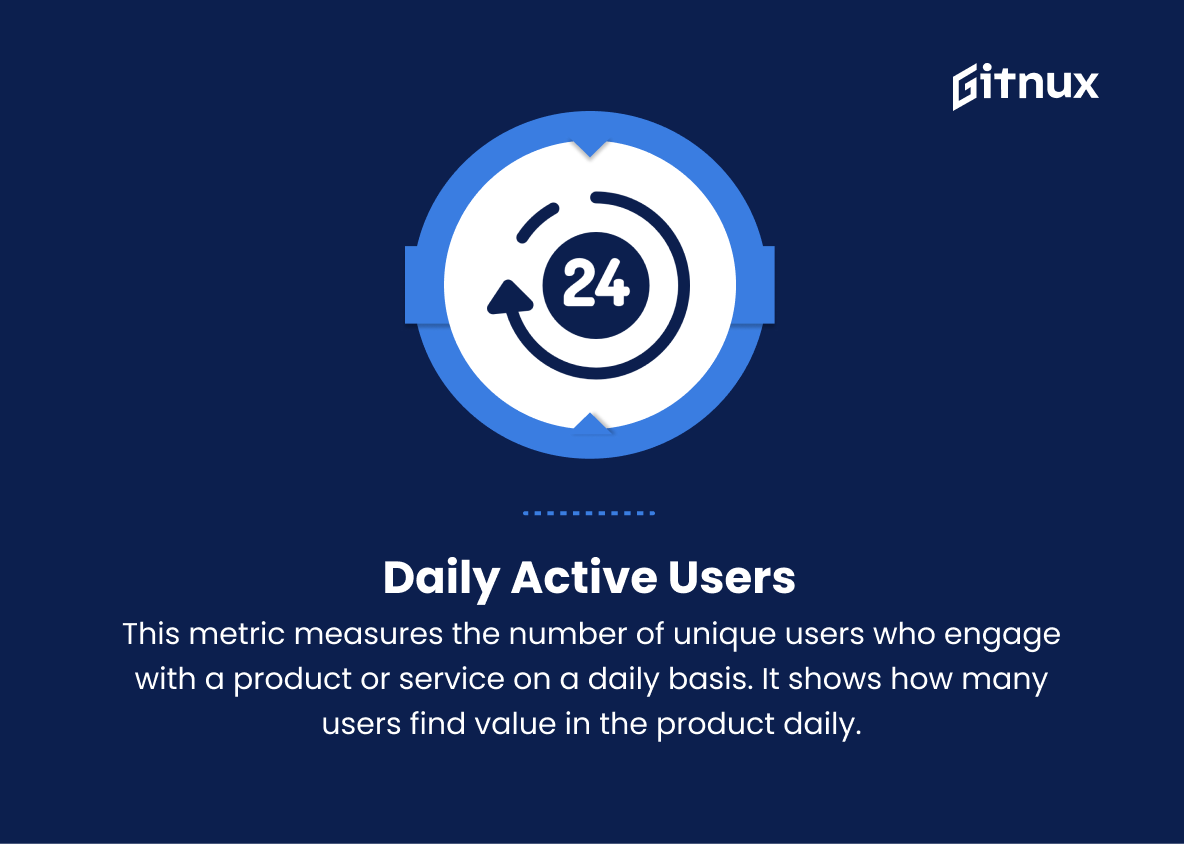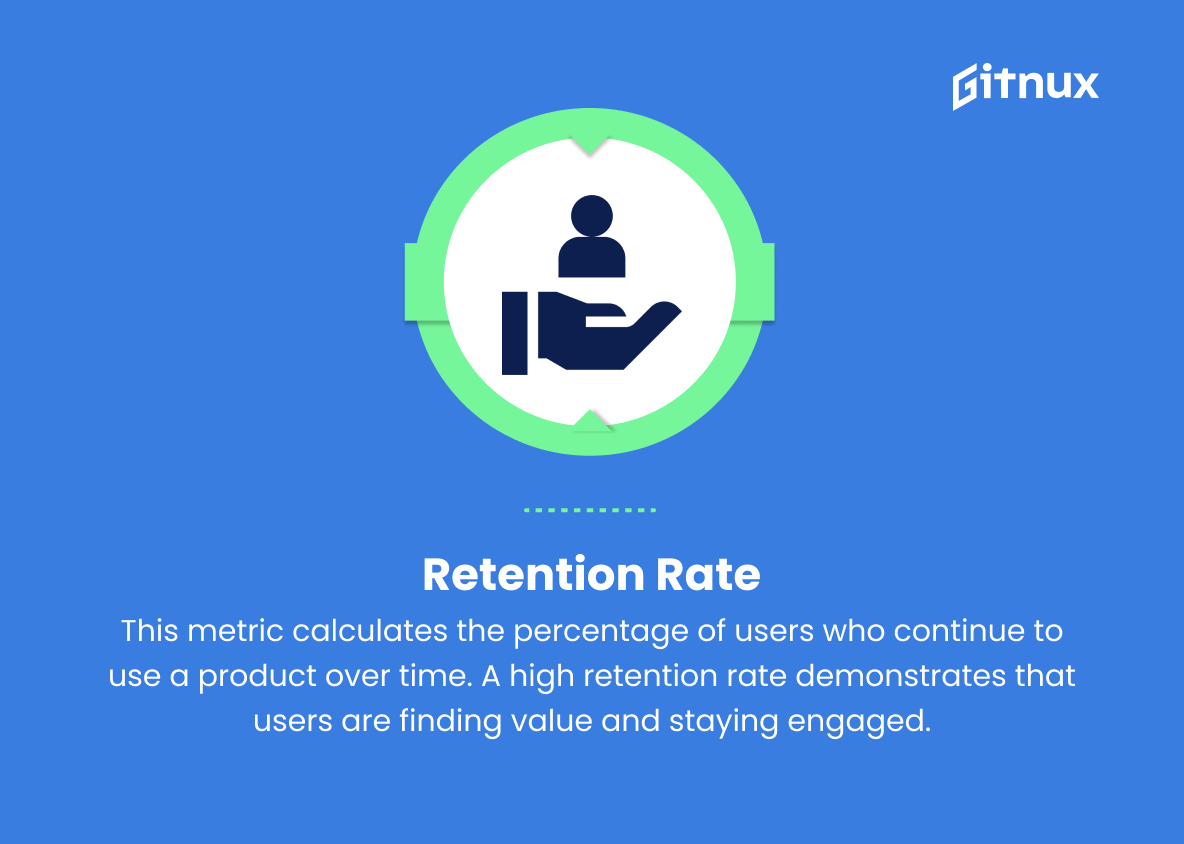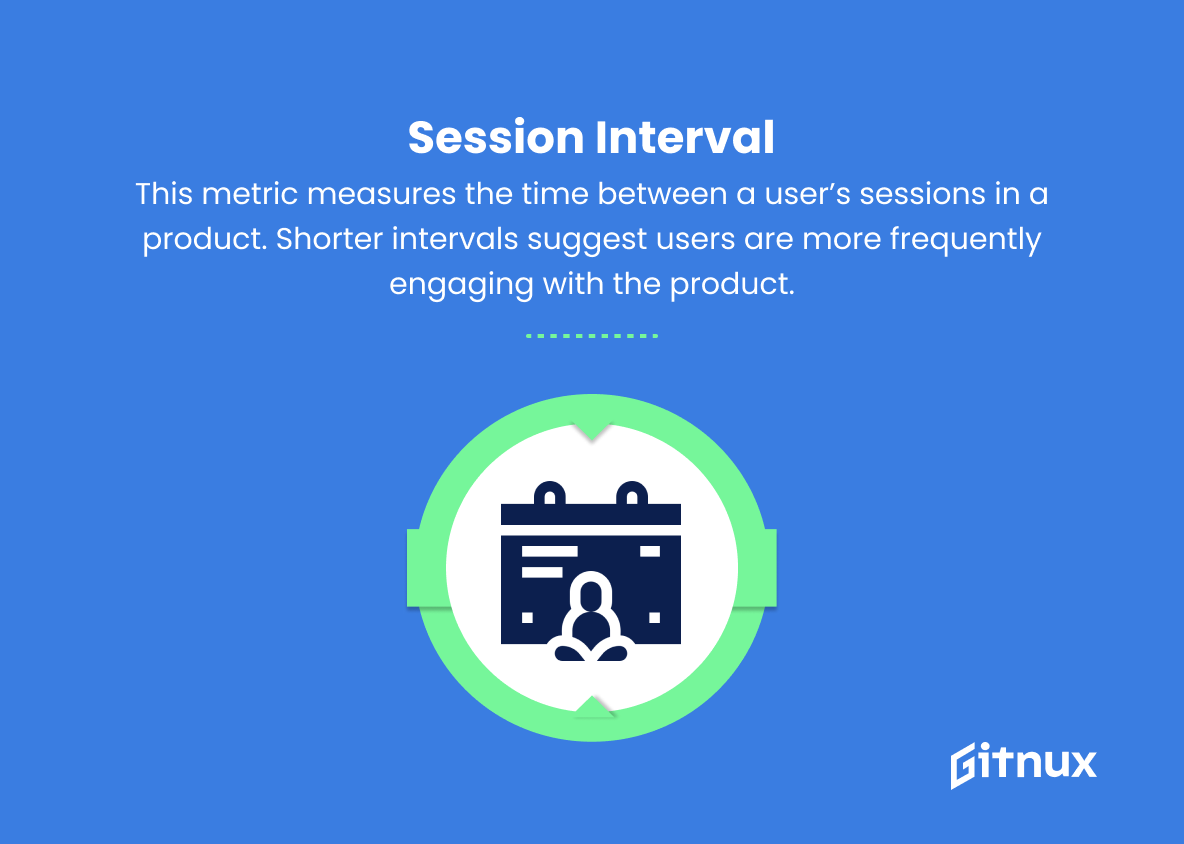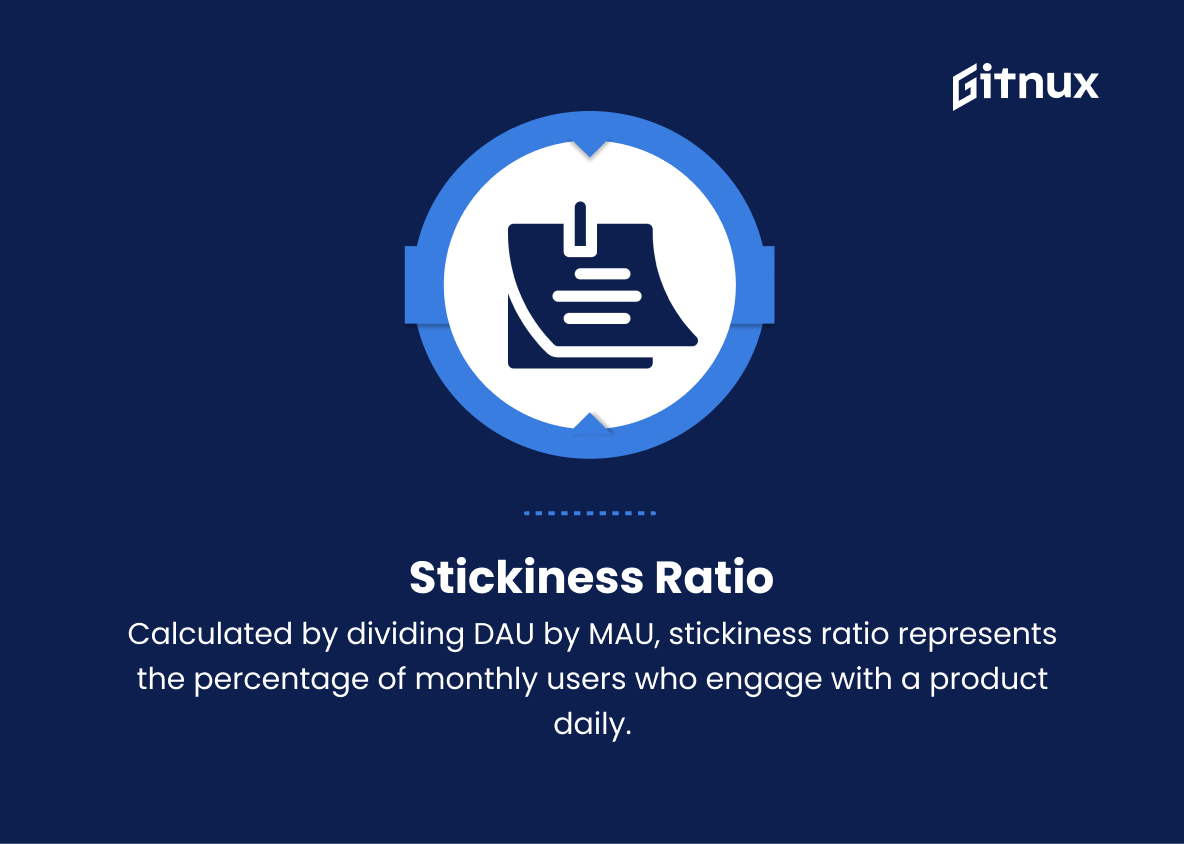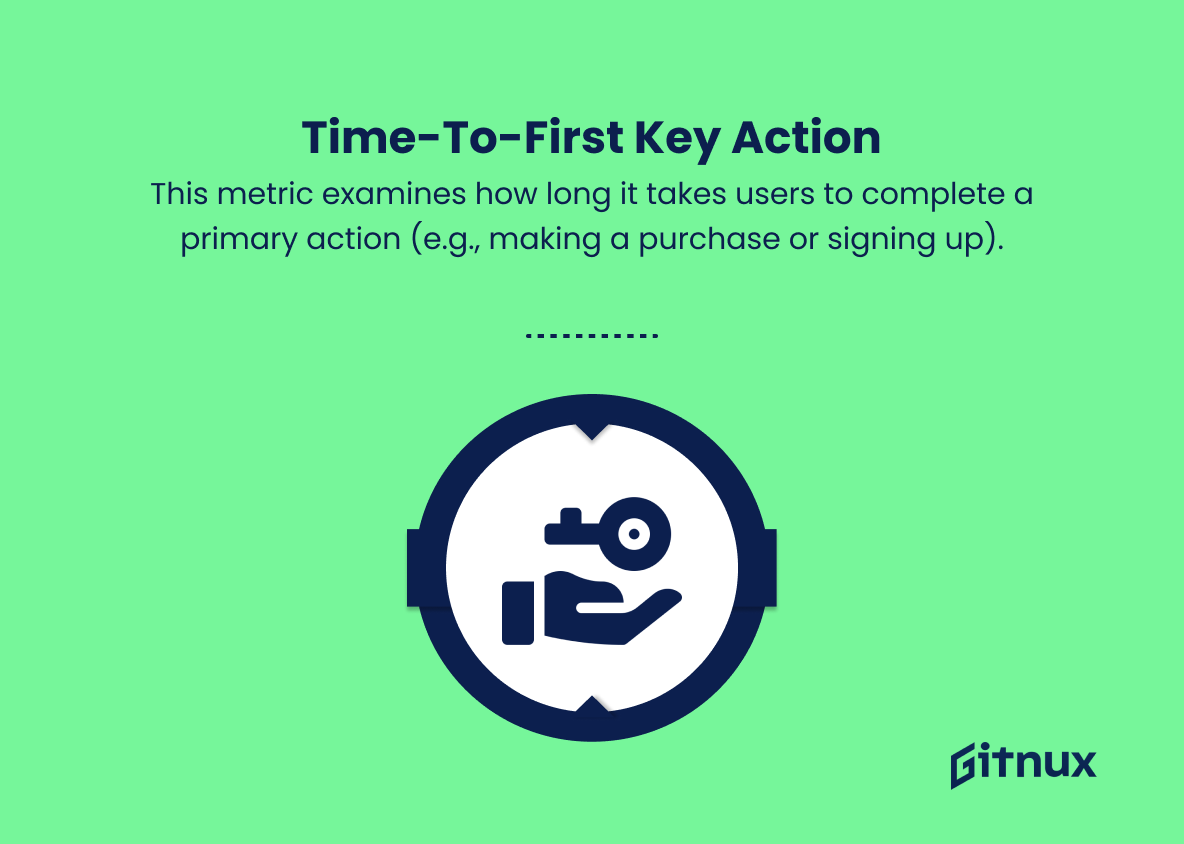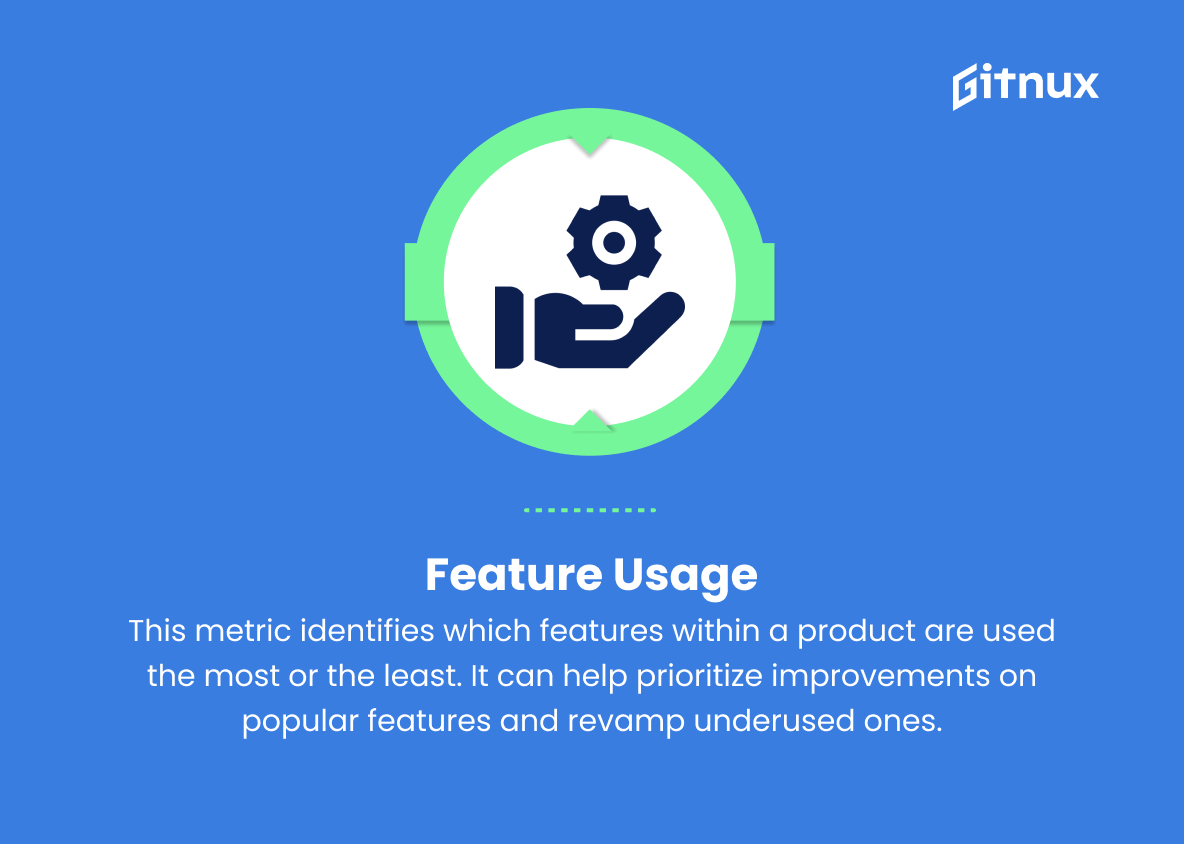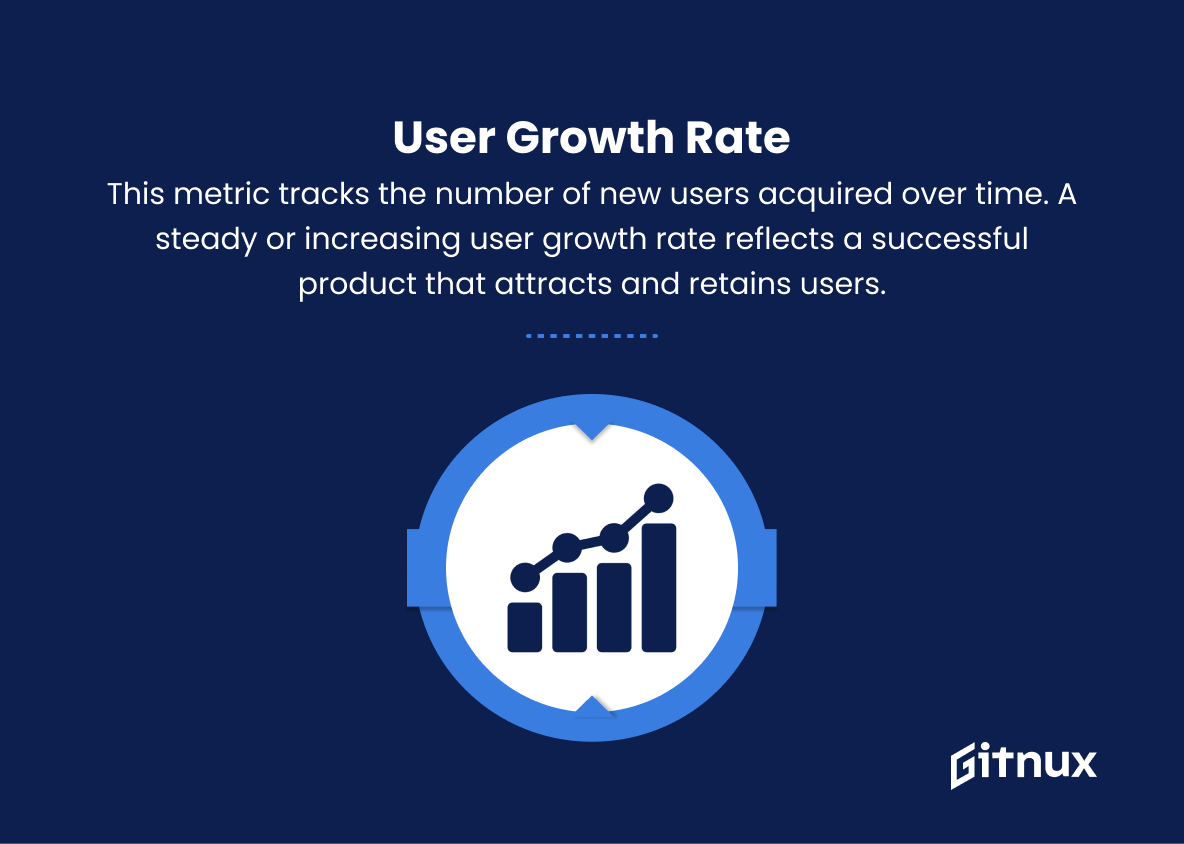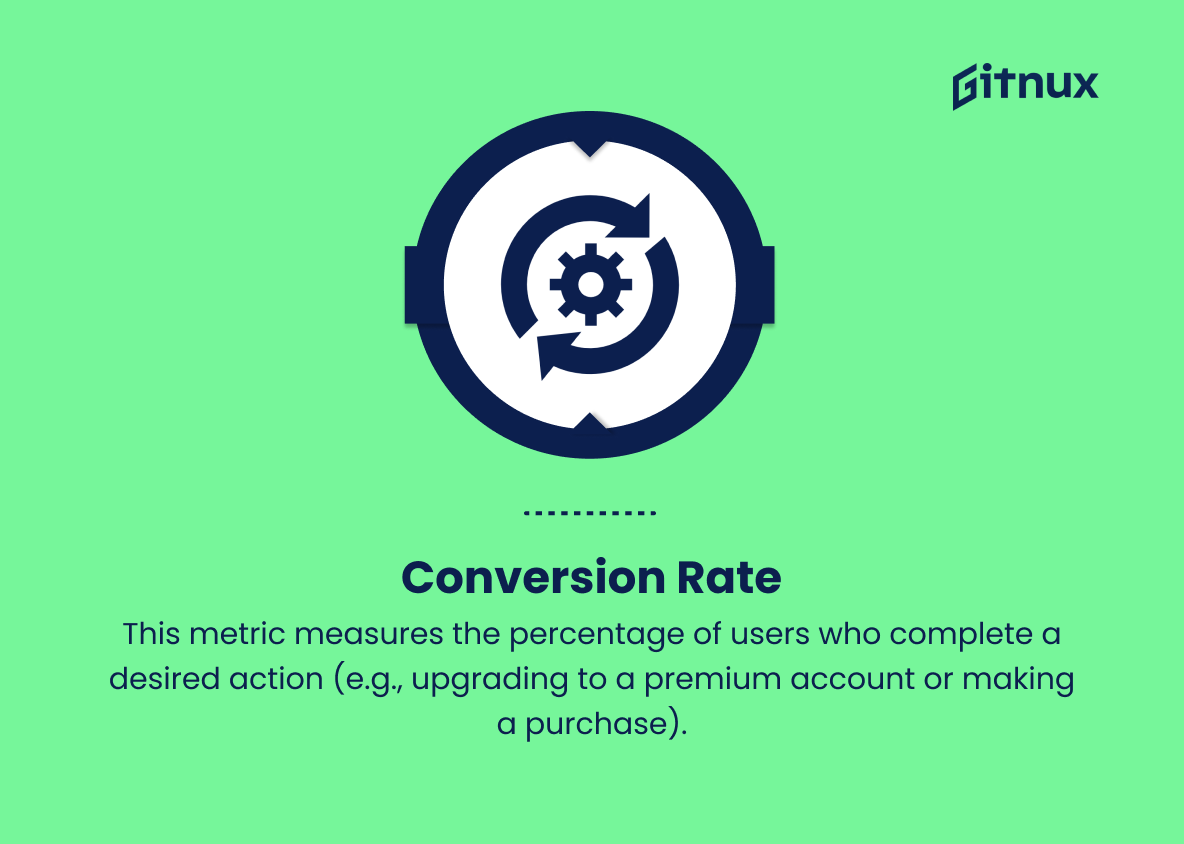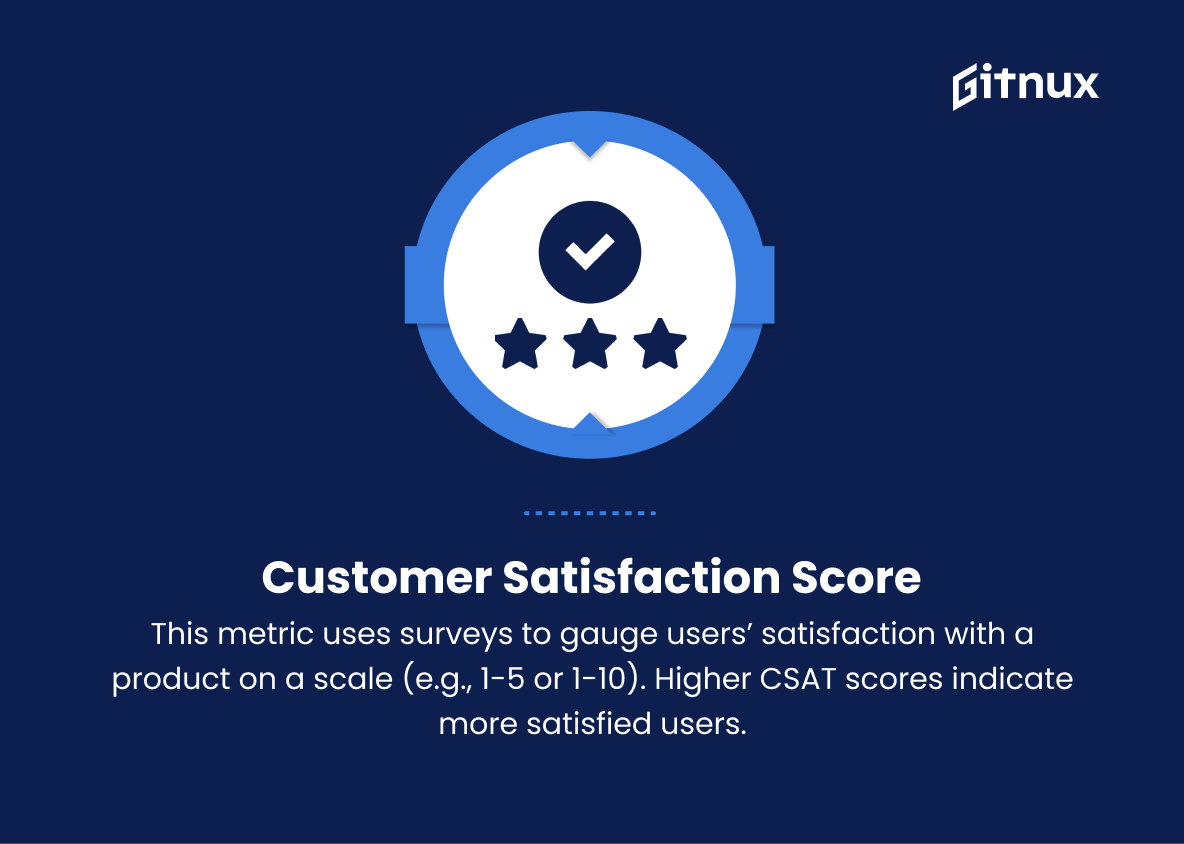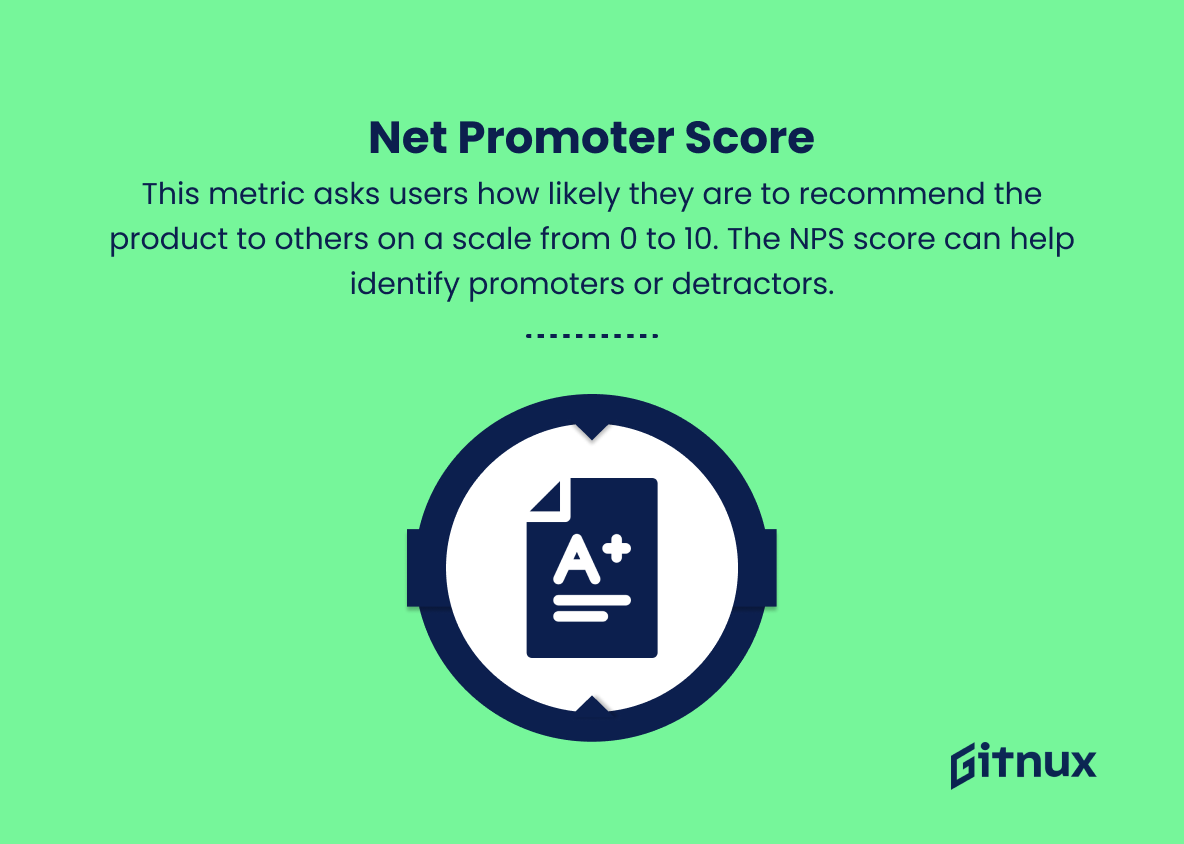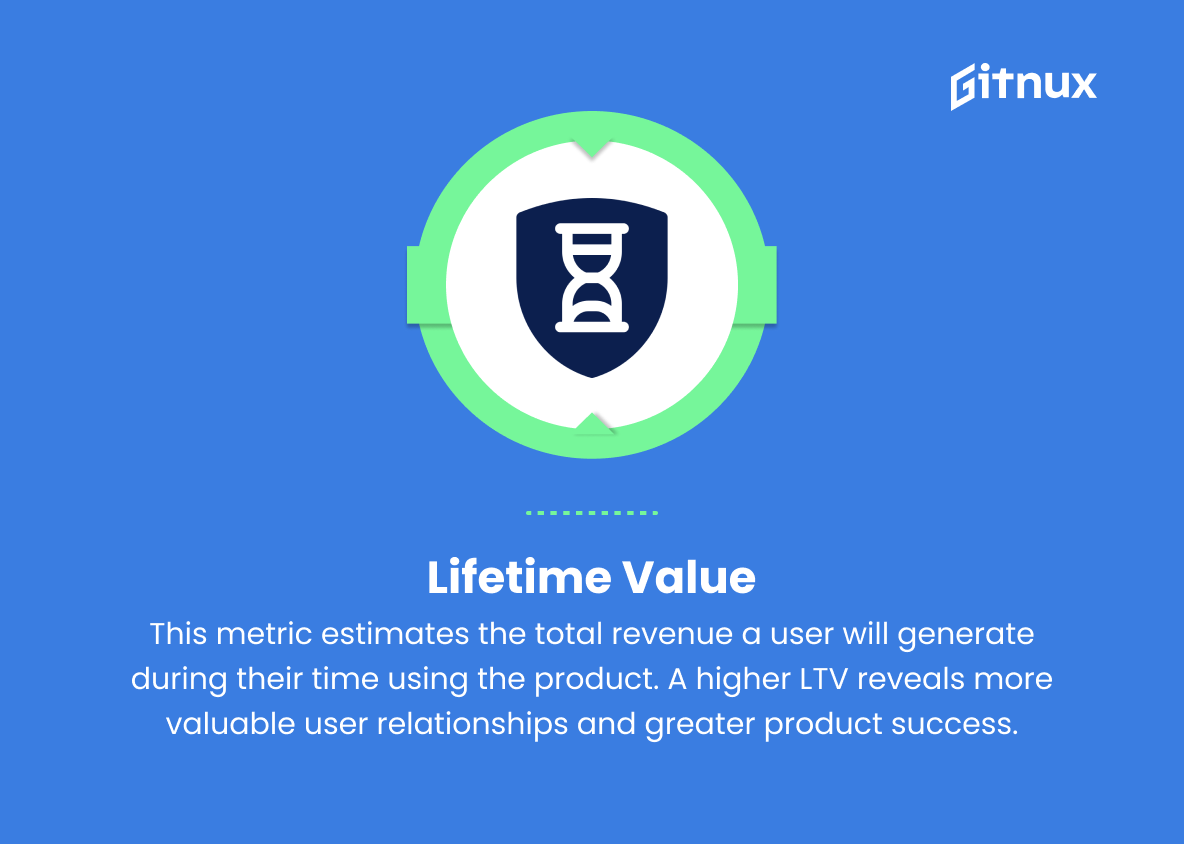In today’s data-driven world, businesses must continually analyze and optimize their products and services to ensure they remain relevant and valuable to users. One of the most critical components of this analysis is understanding the product usage metrics, which provide insights into how consumers are engaging with a product or service, their preferences, and behaviors.
This blog post will delve into the world of product usage metrics, unraveling their importance, exploring the most crucial metrics to track, and discussing strategies to improve your product’s overall performance. By harnessing this invaluable information, you will be better equipped to make informed decisions, maximize user satisfaction, and ultimately, drive business growth.
Product Usage Metrics You Should Know
1. Daily Active Users (DAU)
This metric measures the number of unique users who engage with a product or service on a daily basis. It shows how many users find value in the product daily.
2. Monthly Active Users (MAU)
Similar to DAU, this metric measures the number of unique users who engage with a product in a month. It provides an overview of monthly user engagement.
3. Retention Rate
This metric calculates the percentage of users who continue to use a product over time. A high retention rate demonstrates that users are finding value and staying engaged.
4. Churn Rate
Opposite of retention rate, churn rate measures the percentage of users who stop using a product over a specific period. Higher churn rates indicate waning user satisfaction.
5. Average Session Length
This metric tracks the average amount of time users spend within a product during a single session. Longer session lengths imply higher engagement levels.
6. Session Interval
This metric measures the time between a user’s sessions in a product. Shorter intervals suggest users are more frequently engaging with the product.
7. Stickiness Ratio
Calculated by dividing DAU by MAU, stickiness ratio represents the percentage of monthly users who engage with a product daily. A higher stickiness ratio indicates a more engaged and loyal user base.
8. Time-to-First Key Action
This metric examines how long it takes users to complete a primary action (e.g., making a purchase or signing up). Shorter times indicate a smoother user experience and better onboarding.
9. Feature Usage
This metric identifies which features within a product are used the most or the least. It can help prioritize improvements on popular features and revamp underused ones.
10. User Growth Rate
This metric tracks the number of new users acquired over time. A steady or increasing user growth rate reflects a successful product that attracts and retains users.
11. Conversion Rate
This metric measures the percentage of users who complete a desired action (e.g., upgrading to a premium account or making a purchase). Higher conversion rates show the product’s ability to move users through the user journey successfully.
12. Completion Rate
This metric calculates the percentage of users who successfully finish a task or process (e.g., completing an online course or filling out a form). A higher completion rate denotes a positive user experience and well-designed features.
13. Customer Satisfaction Score (CSAT)
This metric uses surveys to gauge users’ satisfaction with a product on a scale (e.g., 1-5 or 1-10). Higher CSAT scores indicate more satisfied users.
14. Net Promoter Score (NPS)
This metric asks users how likely they are to recommend the product to others on a scale from 0 to 10. The NPS score can help identify promoters or detractors, providing insights into overall user sentiment.
15. Lifetime Value (LTV)
This metric estimates the total revenue a user will generate during their time using the product. A higher LTV reveals more valuable user relationships and greater product success.
Product Usage Metrics Explained
Product Usage Metrics are crucial in understanding how users interact with and find value in a product or service. Metrics like Daily Active Users (DAU) and Monthly Active Users (MAU) provide insights into the frequency of user engagement on daily and monthly bases, respectively. Retention Rate and Churn Rate highlight the degree to which users continue to use or abandon a product, while Average Session Length, Session Interval, and Stickiness Ratio measure user engagement and loyalty. Time-to-First Key Action, Feature Usage, User Growth Rate, Conversion Rate, and Completion Rate help determine the effectiveness of the product experience and onboarding processes.
Finally, Customer Satisfaction Score (CSAT), Net Promoter Score (NPS), and Lifetime Value (LTV) offer valuable insights into overall user satisfaction, likelihood of recommendation, and potential revenue, respectively. By analyzing these metrics, businesses can prioritize improvements, optimize the user experience, and ultimately, drive long-term success.
Conclusion
In conclusion, product usage metrics serve as a powerful tool for businesses to measure and understand the performance of their products, the user experience, and to gain insights into customer behavior. These metrics enable organizations to pinpoint the areas that require attention, optimize and adapt their strategies, and ultimately drive growth and long-term customer loyalty.
As we have learned throughout this blog post, it is essential to select the right mix of metrics that resonate with your business’s unique objectives, user base, and product offerings. By continuously monitoring and analyzing these metrics, companies can stay ahead of the curve and create sustainable value for both customers and stakeholders alike.
